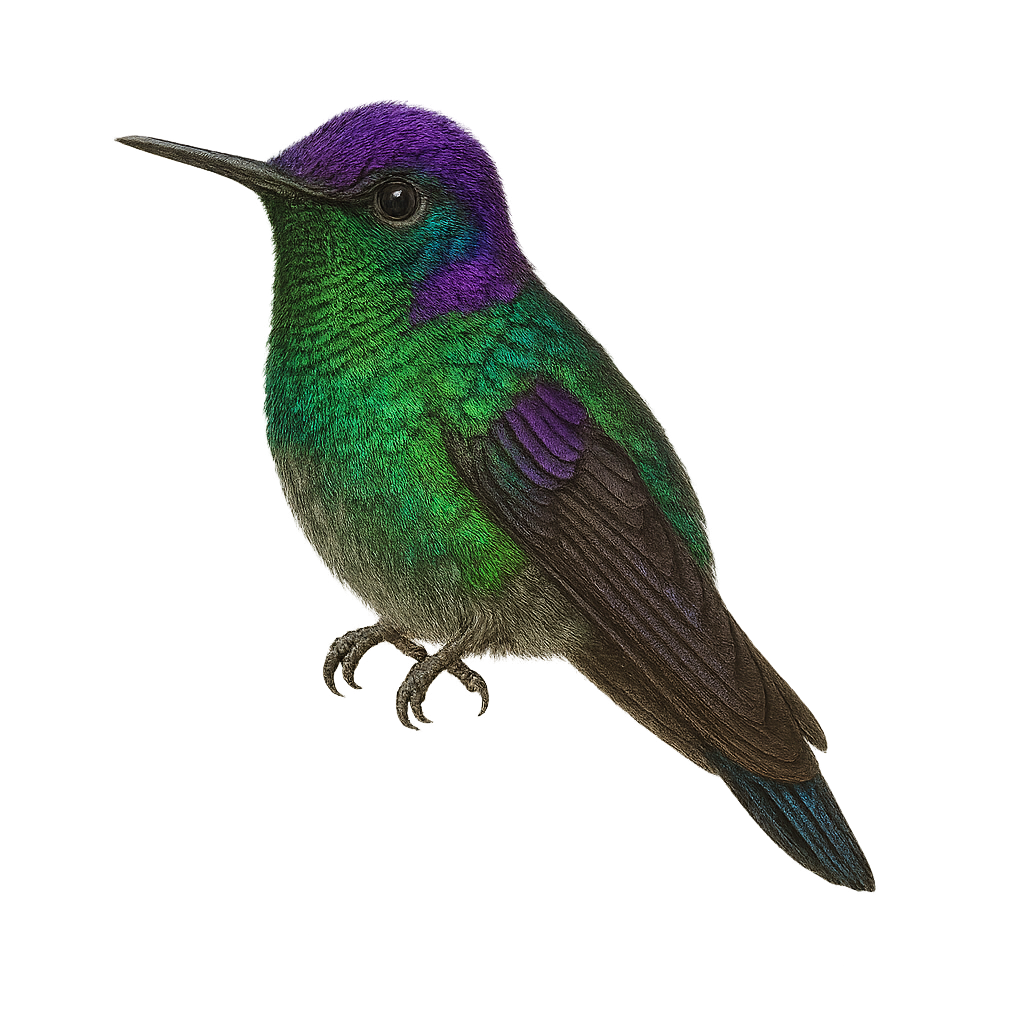Your wildlife photography guide.
Explore the purple-backed thornbill in detail, study its behavior, prepare your shots.
Where to observe and photograph the purple-backed thornbill in the wild
Learn where and when to spot the purple-backed thornbill in the wild, how to identify the species based on distinctive features, and what natural environments it inhabits. The WildlifePhotographer app offers tailored photography tips that reflect the purple-backed thornbill’s behavior, helping you capture better wildlife images. Explore the full species profile for key information including description, habitat, active periods, and approach techniques.
Purple-backed Thornbill
Scientific name: Ramphomicron microrhynchum

IUCN Status: Least Concern
Family: TROCHILIDAE
Group: Birds
Sensitivity to human approach: Suspicious
Minimum approach distance: 5 m
Courtship display: March to April
Incubation: 15-17 jours
Hatchings: March to May
Habitat:
Humid forests, mountainous areas
Activity period :
Primarily active during the day, with peak activity in the morning and late afternoon.
Identification and description:
The Purple-backed Thornbill, scientifically known as Ramphomicron microrhynchum, is a captivating bird belonging to the Trochilidae family. This hummingbird is noted for its vibrant plumage and agile flight behaviors. It is primarily found in the humid forests and mountainous regions of the Andes, where it feeds on nectar and insects. Its short bill is particularly adapted to accessing tubular flowers. Despite its small size, it plays a crucial role in the pollination of local plants. Its ability to fly backward and hover is remarkable. The Purple-backed Thornbill is a perfect example of evolutionary adaptation to specific environments, illustrating the diversity and beauty of South American avian fauna.
Recommended lens:
400 mm – adjust based on distance, desired framing (portrait or habitat), and approach conditions.
Photography tips:
To photograph the Purple-backed Thornbill, it is advisable to use a 400mm lens or longer to capture the details of its vibrant plumage. Opt for early morning hours when the light is soft and hummingbird activity is at its peak. A tripod can be helpful to stabilize the camera, especially when capturing hovering shots. Be patient and discreet to avoid scaring the bird away.
The WildlifePhotographer App is coming soon!
Be the first to explore the best nature spots, track rutting seasons, log your observations, and observe more wildlife.
Already 1 430 wildlife lovers subscribed worldwide

